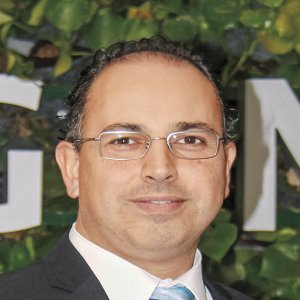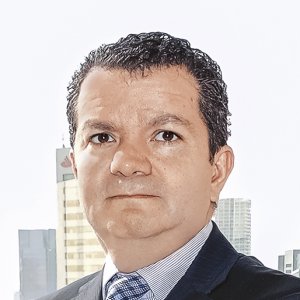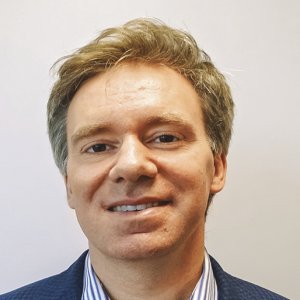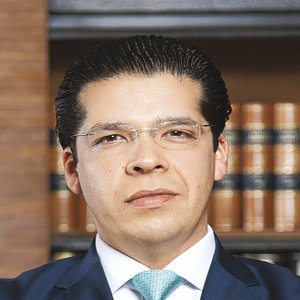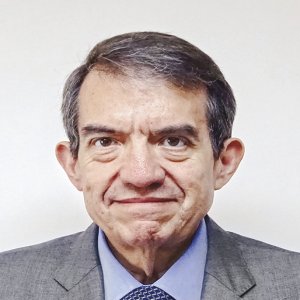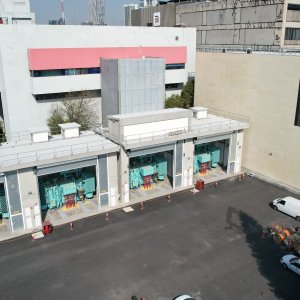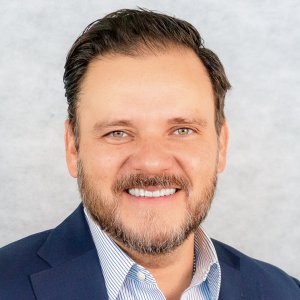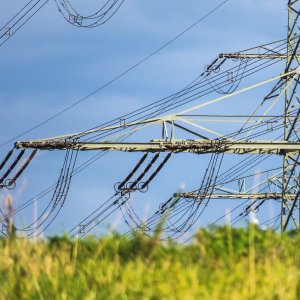Technology: The Backbone of Mexico's Energy Transition

STORY INLINE POST
When CFE decided to update and modernize the national electric grid, it turned to an old friend for help. Siemens has been in Mexico for 123 years and is an integral component of the country’s energy sector. A cooperation agreement signed with the Mexican state-owned electric company further cements a foothold for the German multinational that already had a deep imprint.
Alejandro Preinfalk, Vice President of Energy Management for Siemens in Mexico, says the bilateral deal will bring reliability and efficiency to the grid. “We agreed with CFE on the assessment of new technologies to modernize and digitalize Mexico’s electric system. The purpose in using these technologies is to reduce costs by mitigating technical and nontechnical losses and to increase the reliability of the network by conferring it modern and top-tier components.” The accord signed in June 2017 was the culmination of a memorandum of understanding signed in February 2017 between the German company and the Mexican state-owned entity to select projects that would launch the national electric grid into a major modernization phase.
Preinfalk emphasizes that Siemens’ priority lies in “working hand in hand with Mexican authorities and clients to understand the system’s requirements, and to see how we can contribute to this development through the use of our technology and the robust base of plants and R&D centers readily available in this new environment brought about by the reform.”
The company is anticipating the challenges Mexico will face in the mid and long term by adapting its electric infrastructure and technology to the country’s growing electricity demand, as well as to the increased power-generation capacity that renewable energy projects are adding to Mexico’s energy mix. This endeavor is already bearing fruit: CFE has so far installed 600,000 electricity smart meters nationwide. Technical energy losses have decreased from 16 percent in 2012 to 12 percent by late 2017, according to CFE figures.
With the unfolding of the previous and forthcoming long-term electricity auctions, Siemens detected major opportunities to develop the country’s generation, transmission and distribution of electricity. Preinfalk says that 23 percent of Mexico’s electricity generation is produced through Siemens' technology and 50 percent of the equipment used to bring electricity to Mexican households is provided by the company.
Despite its favorable position in the Mexican market, Siemens continues to look for opportunities to further cement its foothold in the country, positioning itself as a reliable partner for authorities and regulators. “We are backing PRODESEN’s process of developing the country’s electric network. There is a significant investment forecast in the expansion and digitalization of the network and we are pushing for an automated, smarter network with balanced power loads, as well as providing the equipment for a sturdier grid,” Preinfalk says.
This new technology input comes with challenges. Mexico will need skilled professionals to manage, operate and provide maintenance for these new developments and equipment. As Siemens is present in more than 190 countries, the company’s human capital includes experienced personnel in developing these new systems and technologies and applying them in other countries’ electrical companies. Siemens is undertaking technology transfers to Mexico through training programs that will provide the human capital capable of using these technologies efficiently.
The company also focuses on community relations and the training of potential candidates. “Beyond satisfying our clients' needs, we want our technology to contribute to the growth of the local communities where we operate. We have several social-development programs with the Ministry of Education to reach both schools and universities through the implementation of dual-education programs,” Preinfalk says. By dividing their time between academic pursuits and practical work at Siemens, students participating in the program will graduate with both theoretical and practical industry knowledge. This program has a lengthy track record of success in Germany, and Siemens is looking to replicate that success in Mexico, Preinfalk says.
